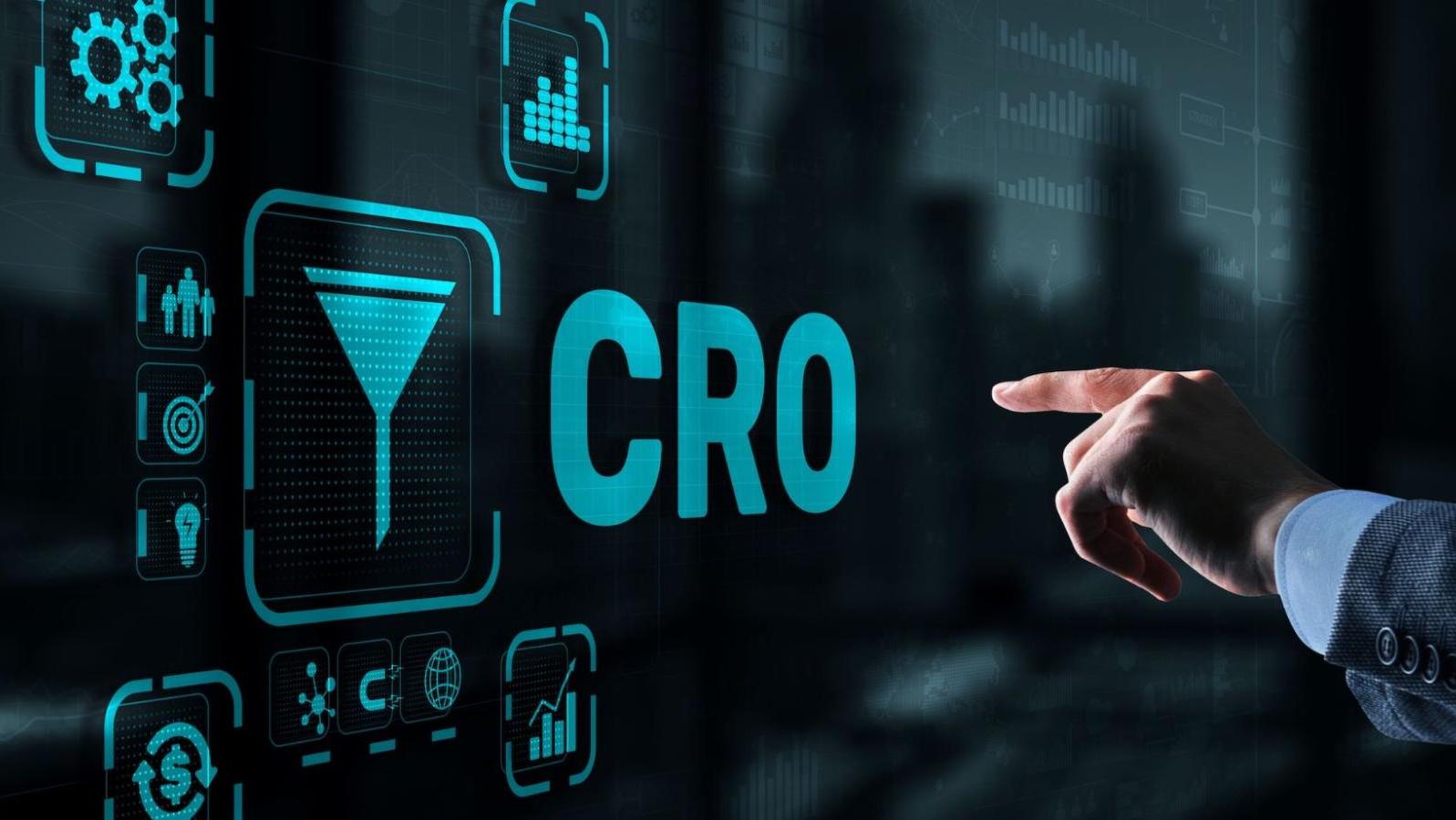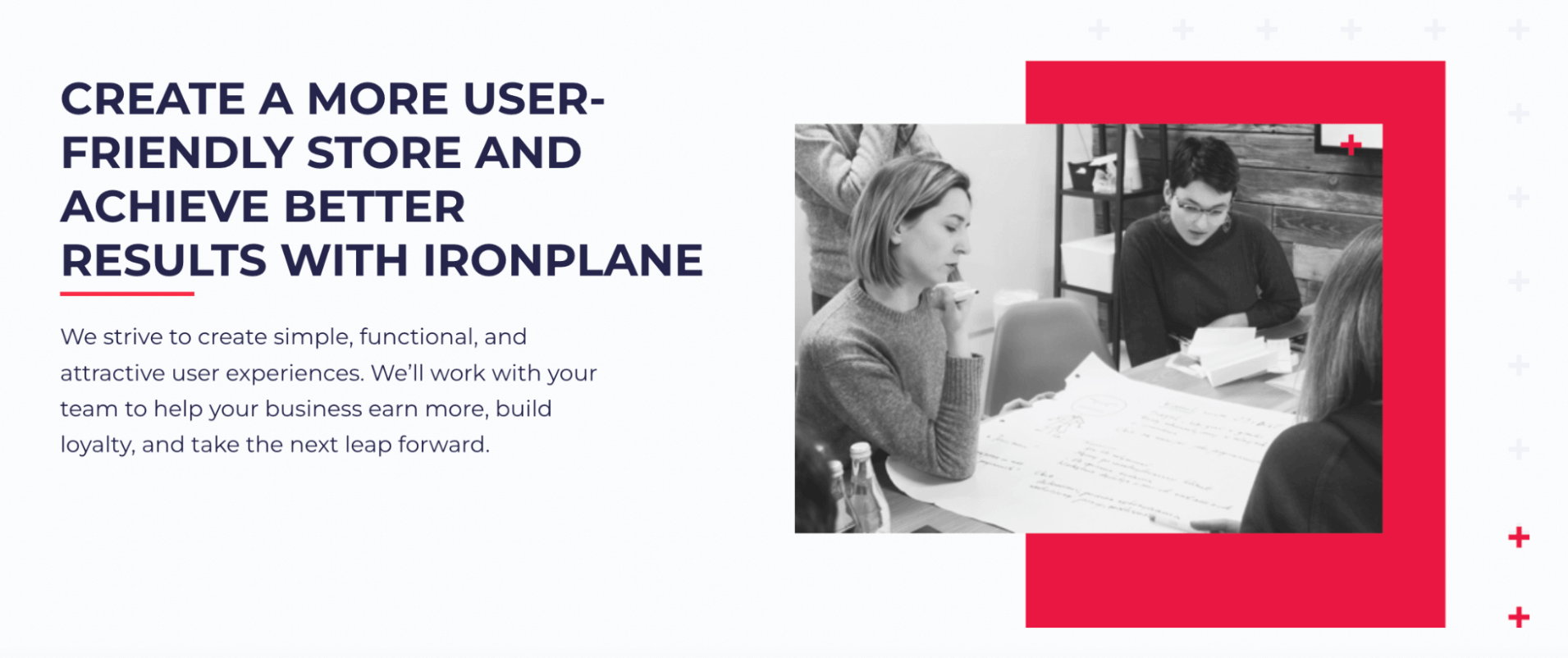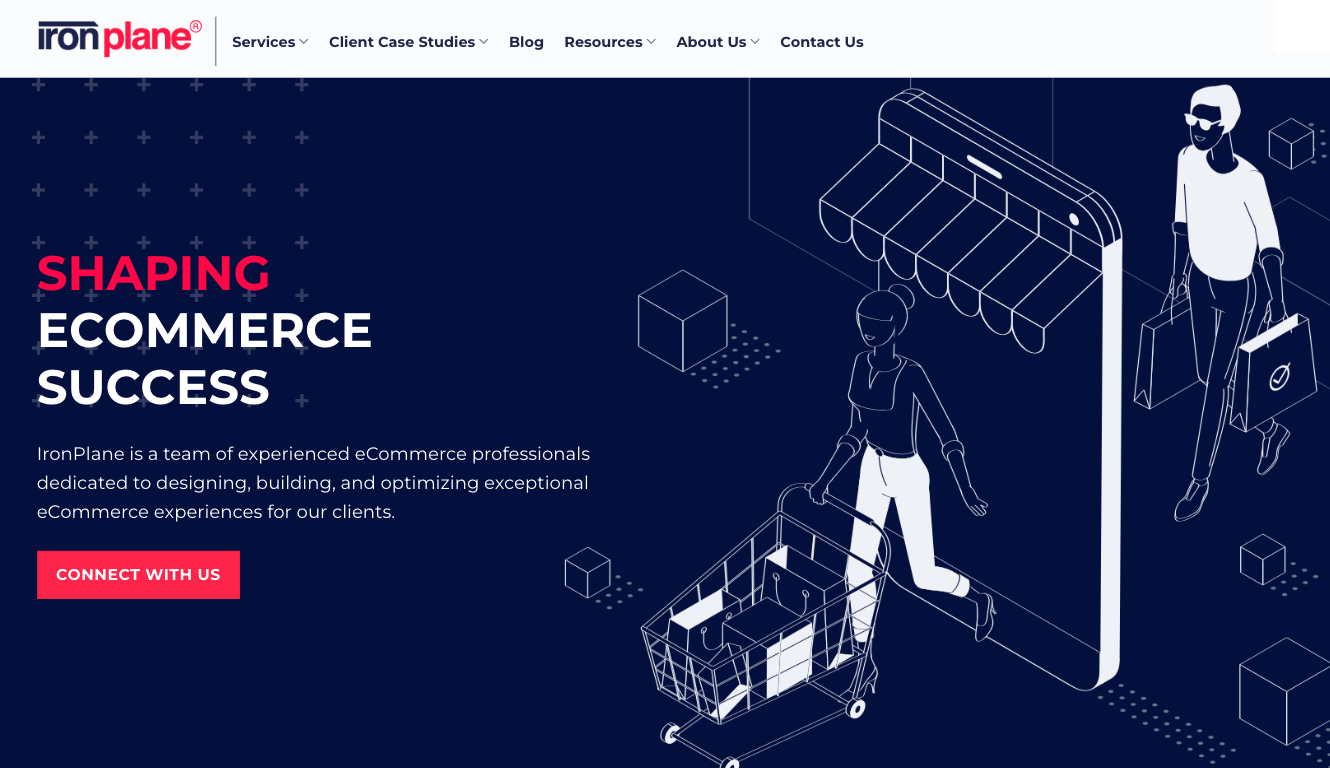Magento Site Optimization: 2024 Guide (With 5 Tips & Examples)
Our Magento site optimization guide covers best practices to improve website performance. We also review our development agency's process and case studies.

When you’re trying to improve the conversion rate of your Magento site, it’s easy to get overwhelmed with all the factors you need to consider. Here’s a non-exhaustive list of things that can affect your conversion rate:
The tried and true method for figuring out how to improve your conversion rate is running A/B tests. This involves making changes to your website and tracking whether those changes lead to an increase in conversions. While A/B testing can be beneficial, it needs to be statistically significant and informed by best practices, experience, and research. Otherwise, you’re just guessing — and guessing means spending too much time testing elements that may not matter to your site’s conversion rate. That’s expensive, time-consuming, and frustrating.
In this post, we look at how IronPlane, a Magento custom development and design agency with over 12+ years of experience in Magento conversion rate optimization (CRO), can help mitigate the guessing game and get you results faster.
If you’re in need of Magento conversion rate optimization, we suggest these 3 steps:
Are you ready to start the CRO process for your Magento site? Reach out for a free consultation.
The first step is to identify the specific goals you’re trying to achieve and to put those goals in very concrete terms.
If you’re reading this article, you likely already have an idea. It may be:
Identifying your specific conversion goals makes it easier for your CRO team at IronPlane to recommend ways for you to achieve those goals. This is one of the first things we discuss when you sign up for a free consultation.

Once you have your goals, you might be tempted to start making changes to your site to see if you can improve conversions on your own. Plenty of CRO can feel intuitive — you might think you just need to change the sales copy or move your CTA to a more visible spot and then run your own A/B testing to check if your changes led to increased conversions.
But we’d advise against this type of CRO.
While it may seem like the “more affordable” option, making your own changes and doing your own A/B testing usually becomes expensive and time-consuming, with minimal return on the substantial investment of your time.
This is due to two common mistakes eCommerce businesses make when they handle their own CRO.
That’s why partnering with an agency like IronPlane saves you time and money. We bring a decade-plus of experience to the table so that we can make informed CRO recommendations and specify which changes should be A/B tested. Plus, our team can monitor results and analyze the data to keep refining and improving your site’s CRO.
To get started with IronPlane, you will pick from one of our three different CRO service options:
When you pick our free CRO audit, we take a look at the core conversion elements of your website.
After we’ve done our thorough review of those elements, we get on a call with your team, and one of our experienced Solutions Specialists walks you through the changes we’re recommending and why. Our free audit is good for businesses that simply want to focus on the basics and don’t want us to take a deep dive into their eCommerce UX and overall design.
Click here to schedule your free audit.
Our UX audit is founded on a comprehensive understanding of four key elements:
Our UX team conducts research in each area to build a vision for the most effective way to improve user experience and ultimately conversions. We work closely with client stakeholders to map out a prioritized plan for redesigning key pages with the greatest conversion potential.
We take our findings, put them in a document, and go over them on a conference call, showing you where you’ll see the biggest return on investment when it comes to improving CRO. We also provide a breakdown of the costs for IronPlane to take over the project, make the changes for you, and monitor results. The UX audit typically takes around 2 months to complete.
Click here to schedule your UX audit.
Our full eCommerce UX design audit includes everything in the UX audit, plus extensive competitive research, user testing, user personas and experience maps, wireframes and mock-ups, prototypes, validation tests, and site iterations.
In short, you get not only a thorough review of what our team recommends based on prior projects and past experience, but we also look at your site through the eyes of your customers and conduct extensive research — testing our hypotheses and course correcting as necessary. The Full UX Design audit is roughly a 6 month project.
Click here to schedule your full UX design audit.
After we’ve conducted our audit, you can either have your own in-house development team implement the recommended changes, or have IronPlane’s developers take over and do it for you.
If you go with the first option, we’ll provide you with guidance on what comes next. For example, some of the changes we recommend won’t need to be A/B tested. This is because they’re CRO best practices that every site should follow, such as improving image quality and adding more pictures of your products from different angles.
But there are other elements — like CTAs and testimonials — that we might recommend you test, depending on your specific site, industry, and conversion goals.
Whatever changes you make, monitoring results is key. It helps you chart real improvements to your site’s conversion rate.
This is one of the reasons why we recommend having IronPlane’s developers take over and implement the recommended changes on your site. You not only get the designs implemented, but our team of specialists monitors those results, so we can constantly improve and fine-tune the CRO of your Magento store.
Here’s a high-level overview of how our collaborative process looks:
Another plus? We’re an eCommerce Magento custom development agency. This means, in addition to your CRO, we can handle other Magento store projects, including building integrations with ERP systems and making sure Magento-released updates don’t wreak havoc on your own code or site.
Conversion optimization tools can help you enhance user experience, increase engagement, and boost your sales. In this segment, we'll explore some of the best eCommerce conversion optimization tools to help you achieve your business goals.
Google Analytics is a free tool that provides insights into your website's traffic and user behavior. With Google Analytics, you can track conversions, analyze user paths, and identify areas for improvement — data that is essential for understanding your audience and making informed decisions to enhance your website's conversion rates.
Optimizely is an experimentation platform that allows you to A/B test various elements of your website, such as headlines, images, and call-to-action buttons. This tool helps you discover what resonates best with your audience and provides insights to make data-backed changes to your site.
Hotjar is a user behavior and feedback tool that enables you to see how users interact with your website. It offers features like heatmaps, session recordings, and feedback forms, all of which help you understand what users like and dislike about your site.
TrustPulse is a social proof notification tool that displays real-time notifications of recent customer activity, such as purchases and sign-ups. By showcasing these actions, you can build trust and credibility, encouraging new visitors to take action. People tend to follow the crowd, and TrustPulse leverages this psychology to boost conversions.
Unbounce is a landing page builder that simplifies the process of creating and testing high-converting landing pages. It offers a drag-and-drop interface, A/B testing, and integration with various marketing tools. With Unbounce, you can create compelling, conversion-focused landing pages without needing coding skills.
HubSpot offers a suite of marketing, sales, and customer service tools. Their marketing automation and CRM features can help you segment your audience, create personalized content, and nurture leads to conversion. HubSpot is an all-in-one solution to manage your customer journey and improve your eCommerce site's performance.

Most of our clients are long-term clients who are with us for 5 years or more.
While simple changes can make a big difference in CRO, keep in mind that as your business grows and evolves (thanks in part to that increased conversion rate), you’ll need new strategies targeted toward your new customers. For example, the CRO you used to increase your customer base is going to be significantly different than the CRO strategies you will use to increase the retention rate of those newly acquired customers. That’s because the changes we make bring results, and strategies will evolve over time as your needs change.
IronPlane is a long-term partner for eCommerce companies that want to achieve growth, maintain it, and also continually optimize their site. Plus, as we mentioned above, we’re a dedicated Magento UX design and development agency, which allows us to be partners with your site for more than CRO.
For more information about Magento development services, check out our posts on:

Our Magento site optimization guide covers best practices to improve website performance. We also review our development agency's process and case studies.

IronPlane's dev agency can accommodate teams on Magento, Adobe Commerce, or BigCommerce. Read on to learn about our Magento 2 development services.

Discover top Magento Enterprise developers & alternatives. Find experts who enhance site speed, manage updates, create unique pages, improve UX, and more.